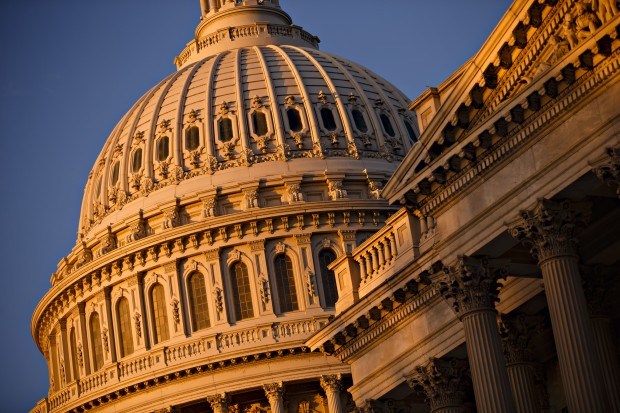The U.S. Senate is gearing up to consider a bill that would revamp and expand the U.S. flood insurance market, and its passage appears likely. A.M. Best said this will be a very good development for the specialized coverage.

“A.M. Best believes there are benefits to be gained from a legitimate expansion of the current flood insurance market, allowing private insurers to freely underwrite and price flood risks in accordance with their underwriting standards,” the ratings outfit said in its May 24 special report on the matter.
House members passed the Flood Insurance Market Parity and Modernization Act (H.R. 2901) on April 29 in a unanimous vote. As A.M. Best notes in its report, wide House support makes Senate approval “seem virtually certain.”
Supporters of the bill believe it will open the market to additional private insurers and give consumers more choices. The American Insurance Association has said that enabling development of a private flood insurance market would complement the National Flood Insurance Program, a federal government option designed to make flood insurance affordable in flood-prone areas. Another big trade association—the National Association of Mutual Insurance Companies—has also placed flood insurance reform high on its 2016 agenda.
The flood insurance reform bill would help clarify a 2012 amendment to the NFIP law that created confusion in the private insurance marketplace about policies and in what higher-risk areas they’d be accepted.
A.M. Best said that the new law, along with the Homeowner Flood Insurance Affordability Act of 2014, should nudge more private insurers to willingly enter the flood insurance market. HFIAA is designed to allow residents to continue with subsidized rates through the NFIP but phase out subsidies for businesses and secondary homes.
“There have already been instances where private insurers have been willing to offer comparable coverage at a lower cost than what was available from the NFIP,” the A.M. Best report noted. “Such market dynamics could play out more frequently in a market free of impediments, to the benefit of residential and commercial property owners.”
According to A.M. Best, National Flood Insurance Program policies in force are now at 5.3 million, a number that’s doubled over the last 25 years as information has increased about flood risks for certain communities and regions. As well, the total dollar amount of assets protected through the NFIP jumped six times from 1990 to 2014, A.M. Best said, also noting that the total earned premium attributable to the NFIP jumped by the same rate over that period.
With those coverage trends in mind, A.M. Best said that “the opportunity is wide open for private insurance options to be viable alternatives in the flood insurance marketplace.”
Source: A.M. Best





















 What to Expect in 2026: U.S. P/C Results More Like 2024
What to Expect in 2026: U.S. P/C Results More Like 2024  Slideshow: Carrier Management’s 2025 Top Editor’s Picks (Unlocked)
Slideshow: Carrier Management’s 2025 Top Editor’s Picks (Unlocked)  Surge of Supercharged Hurricanes Prompt Call for Cat 6 Classification
Surge of Supercharged Hurricanes Prompt Call for Cat 6 Classification  Underwriter, Actuary Fears of AI Drop; Work Needed on Collaboration
Underwriter, Actuary Fears of AI Drop; Work Needed on Collaboration 










